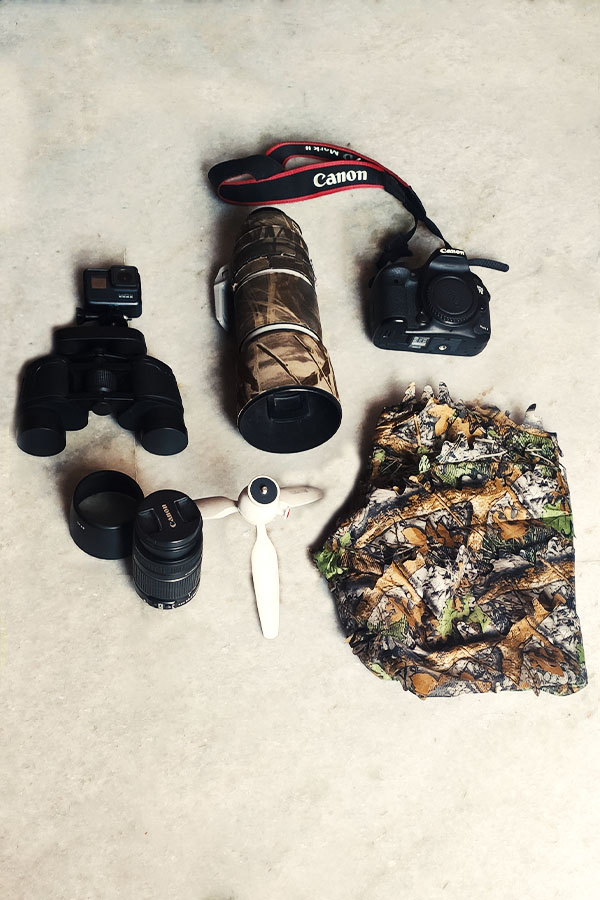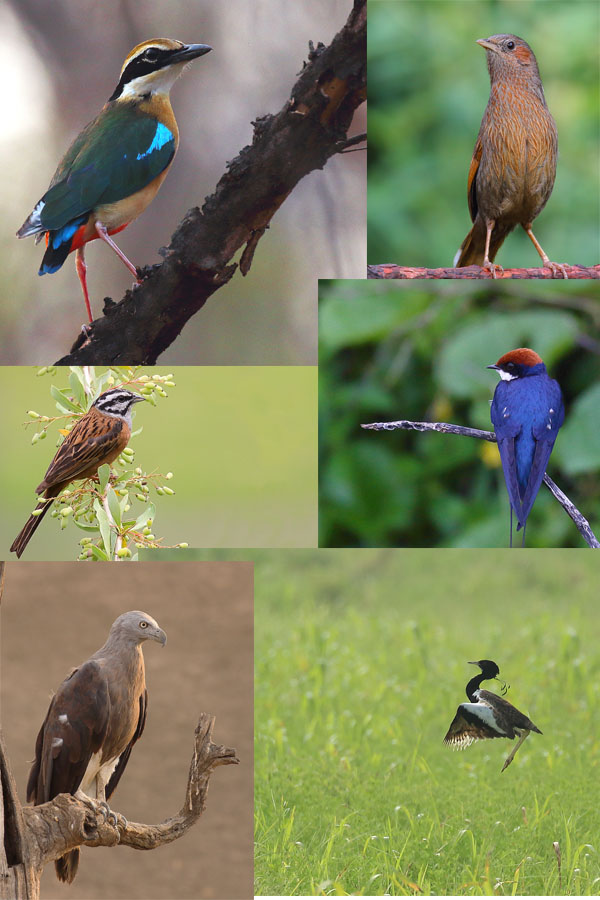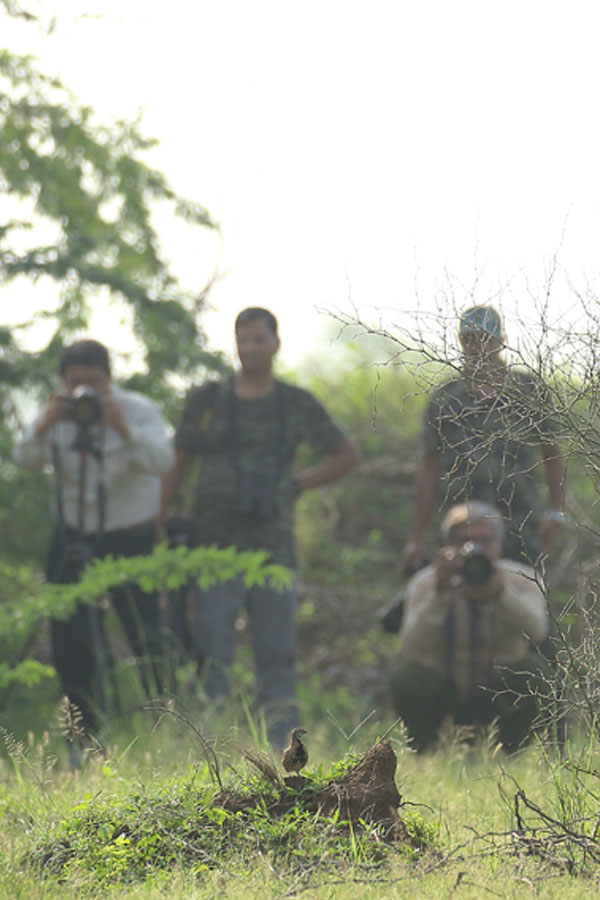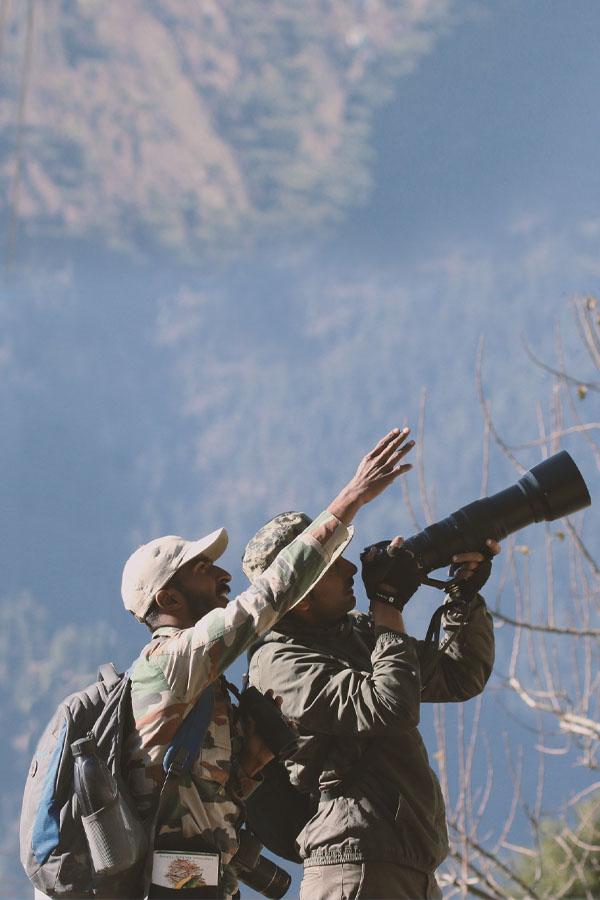Bird Watching:
Bird-watching, or birding, is a form of wildlife observation in which the observation of birds is a recreational activity or citizen science. It can be done with the naked eye, through a visual enhancement device like binoculars and telescopes, by listening for bird sounds, or by watching public webcams.
If one goes to see the birds regularly, one can watch the behavior, observe the habits and even anticipate the movements. It is a hobby where people spend lakhs and also a study where you learn something very different. It brings us close to nature and by understanding birds on tends to care for them as well.
Bird-watching often involves a significant auditory component, as many bird species are more easily detected and identified by ear than by eye. Most birdwatchers pursue this activity for recreational or social reasons, unlike ornithologists, who engage in the study of birds using formal scientific methods.
Bird Photography:
On the other hand, Bird photography is a genre of photography concerned with documenting various types of birds/aves in their natural habitat.
As well as requiring photography skills, Bird photographers may need field craft skills. For example, some birds are difficult to approach and thus a knowledge of the bird’s behavior is needed in order to be able to predict its actions. Photographing some species may require stalking skills or the use of a hide/blind for concealment.
Getting Ready
There is no mantra here. More you go, the more you get the hang of it. We learn from our mistakes, we learn from our experiences, smarter ones learn from others. Basic rules reach before first light, do not wear bright colors, always wear shoes, cover your body as much as possible, carry food and water.
Ethics
The most controversial or debated topic: Ethics to be followed in Wildlife. Never heard of it? Great!! Time to learn and implement them. Maintain the safe distance, do not linger around the nesting for long, do not chase or pursue them if they fly, BIG NO to playing BIRD CALLS, do not try to feed them, do not cage them and never go in big groups. Do not use flash lights, or camera flashes, you could blind them and never even know it. Always remember birds have feathers so they can fly. So approach accordingly and do not regret it if you do not get a picture.
How to Spot
Well, now that is an art. Let us reiterate, the more you go, the better you get at it. Spotting is easy for nearer birds. We all know that. Difficult to spot small birds in shadows, spot something sitting on a tree branch 500 meters away is even more. More you go birding, you can make out their shapes, movement, their calls, habitat, and the kind of trees they feed on. These pointers come with some experiences in the wild. Sometimes experts see an area and they can guess which birds could be spotted there. So go more!





